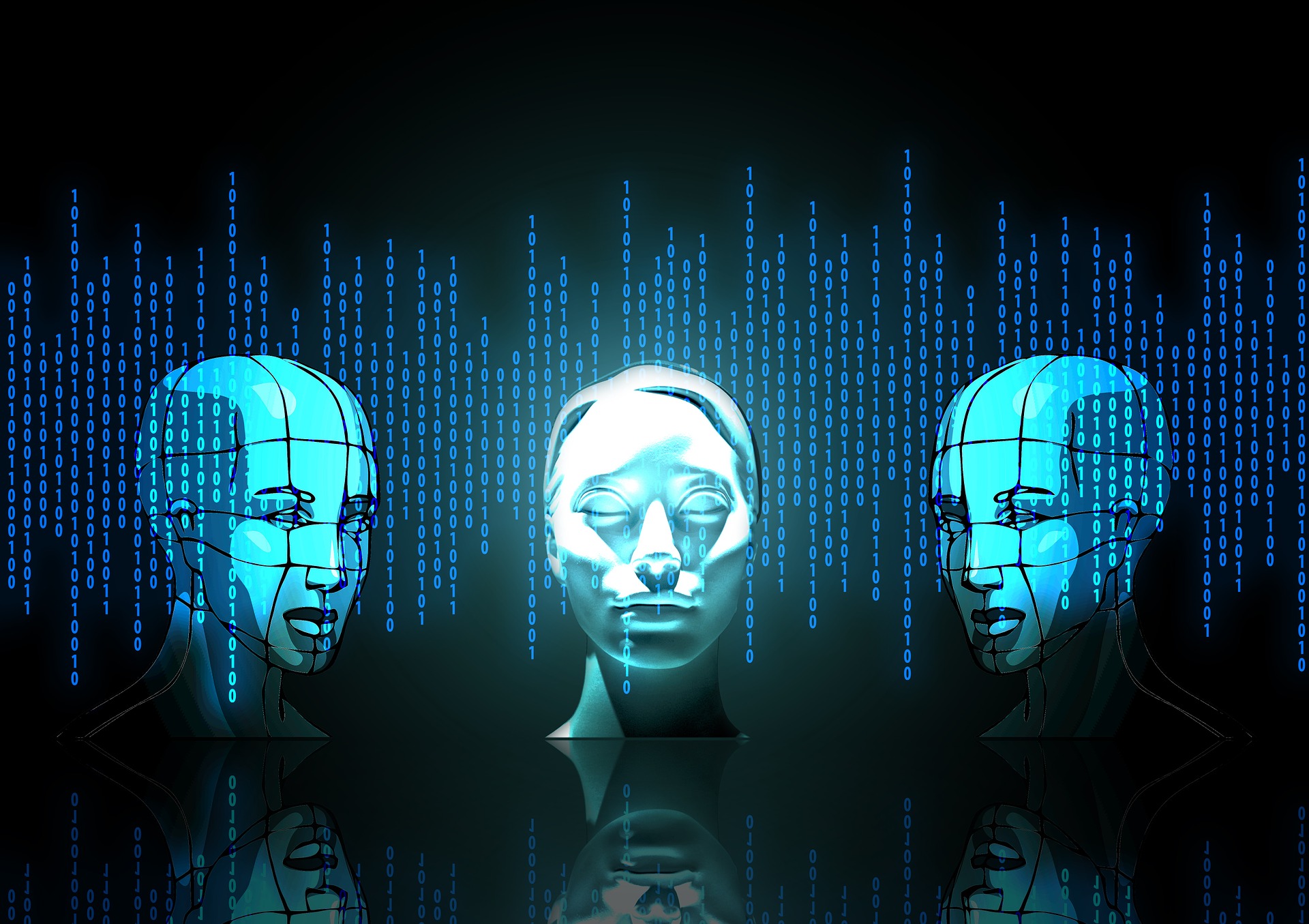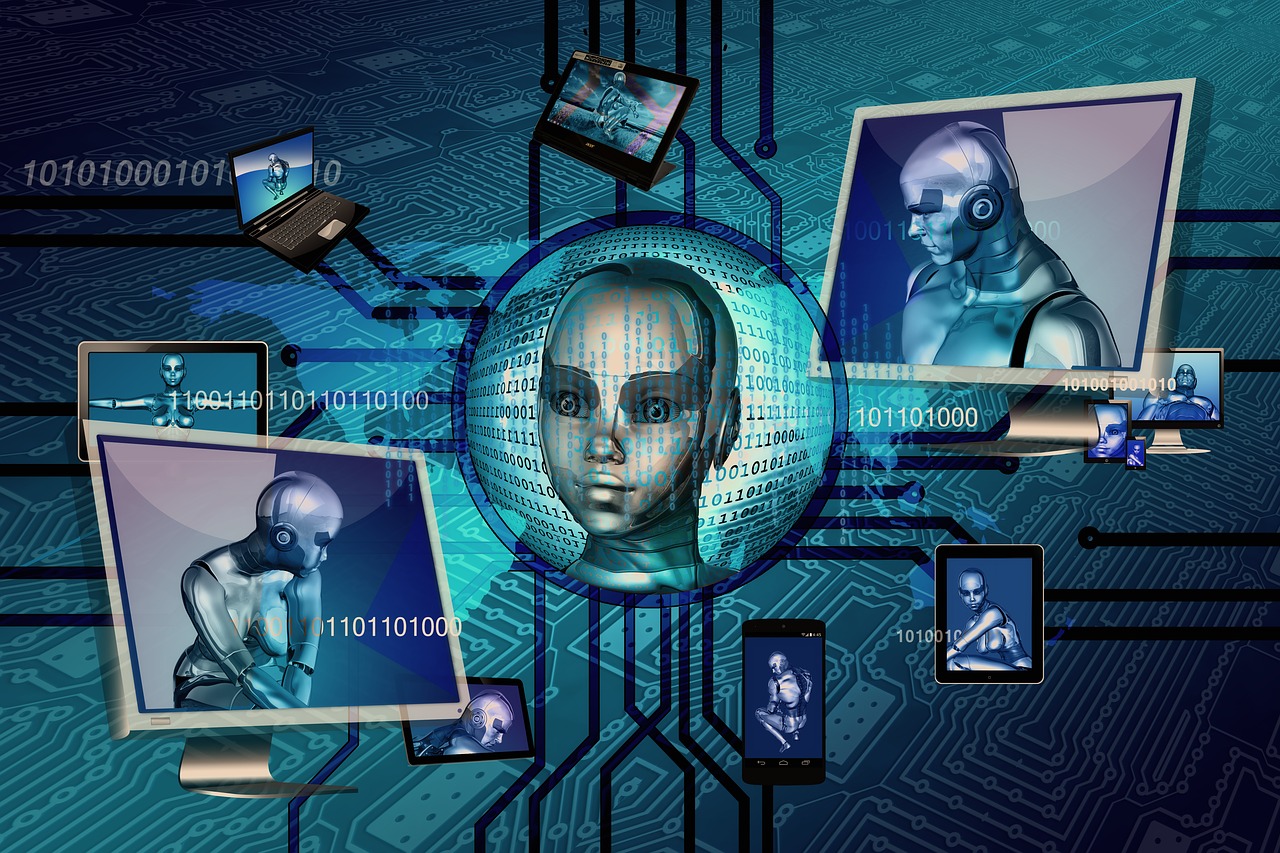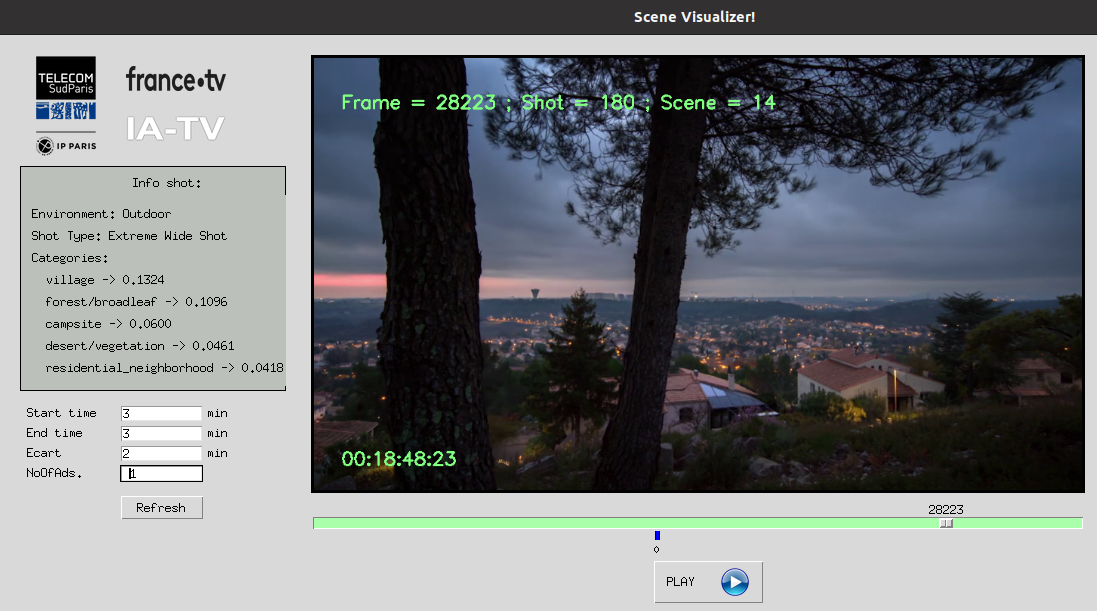What is artificial intelligence?
 Artificial intelligence (AI) is a hot topic. In late March, the French government organized a series of events dedicated to this theme, the most notable of which was the publication of the report “For a Meaningful Artificial Intelligence,” written by Cédric Villani, a mathematician and member of the French parliament. The buzz around AI coincides with companies’ and scientists’ renewed interest in the topic. Over the last few years AI has become fashionable again, as it was in the 1950s and 1960s. But what does this term actually refer to? What can we realistically expect from it? Anne-Sophie Taillandier, director of IMT’s TeraLab platform dedicated to big data and AI, is working on innovations and technology transfer in this field. She was recently listed as one of the top 20 individuals driving AI in France by L’Usine Nouvelle. She sat down with us to present the basics of artificial intelligence.
Artificial intelligence (AI) is a hot topic. In late March, the French government organized a series of events dedicated to this theme, the most notable of which was the publication of the report “For a Meaningful Artificial Intelligence,” written by Cédric Villani, a mathematician and member of the French parliament. The buzz around AI coincides with companies’ and scientists’ renewed interest in the topic. Over the last few years AI has become fashionable again, as it was in the 1950s and 1960s. But what does this term actually refer to? What can we realistically expect from it? Anne-Sophie Taillandier, director of IMT’s TeraLab platform dedicated to big data and AI, is working on innovations and technology transfer in this field. She was recently listed as one of the top 20 individuals driving AI in France by L’Usine Nouvelle. She sat down with us to present the basics of artificial intelligence.
How did AI get to where it is today?
Anne-Sophie Taillandier: AI has played a key role in innovation questions for two or three years now. What has helped create this dynamic are closer ties between two scientific fields: information sciences and big data, both of which focus on the question, “How can information be extracted from data, whether big or small?” The results have been astonishing. Six years ago, we were only able to automatically recognize tiny pieces of images. When deep learning was developed, the recognition rate skyrocketed. But if we have been able to use the algorithms on large volumes of images, it is because of hardware that has made it possible to perform the computations in a reasonable amount of time.
What technology is AI based on?
AST: Artificial intelligence is the principle of extracting and processing information. This requires tools and methods. Machine learning is a method that brings together highly statistical techniques such as neural networks. Deep learning is another technique that relies on deeper neural networks. These two methods have some things in common; what makes them different is the tools chosen. In any event, both technologies are based on the principle of learning. The system learns from an initial database and it is then used on other data. The results are assessed so that the system can keep learning. But AI itself is not defined by these technologies. In the future, there may be other types of technology which will also be considered artificial intelligence. And even today, researchers in robotics sometimes use different algorithms.
Can you give some specific examples of the benefits of artificial intelligence?
AST: The medical sector is a good illustration. In medical imaging, for example, we can teach an algorithm to detect cancerous tumors. It can then help doctors look for parts of an image that require their attention. We can also adjust a patient’s treatment depending on a lot of different data: is he alone or does he have a support network? Is he active or inactive? What is his living environment like? All these aspects contribute to personalized medicine, which has only become possible because we know how to process all this data and automatically extract information. For now, artificial intelligence is mainly used as a decision-making aid. Ultimately, it’s a bit like what doctors do when they ask patients questions, but in this case we help them gather information from a wide range of data. With AI, the goal is first and foremost to reproduce something that we know very well.
How can we distinguish between solutions that involve AI and others?
AST: I would say that it’s not really important. What matters is if using a solution provides real benefits. This question often comes up with chatbots, for example. Knowing whether AI is behind them or not — whether it’s just a decision tree based on a previous scenario or if it’s a human — is not helpful. As a consumer, what’s important to me is that the chatbot in front of me can answer my questions. They’re always popping up on sites now, which is frustrating since a lot of the time they are not particularly useful! So it is how a solution is used that really matters, more than the technology behind it.
Does the fact that AI is “trendy” adversely affect important innovations in the sector?
AST: With TeraLab we are working on very advanced topics with researchers and companies seeking cutting-edge solutions. If people exaggerate in their communication materials or use the term “artificial intelligence” in their keywords, it doesn’t affect us. I’d rather that the public become familiar with the term and think about the technology already present in their smartphones than fantasize about something inaccessible.













Leave a Reply
Want to join the discussion?Feel free to contribute!